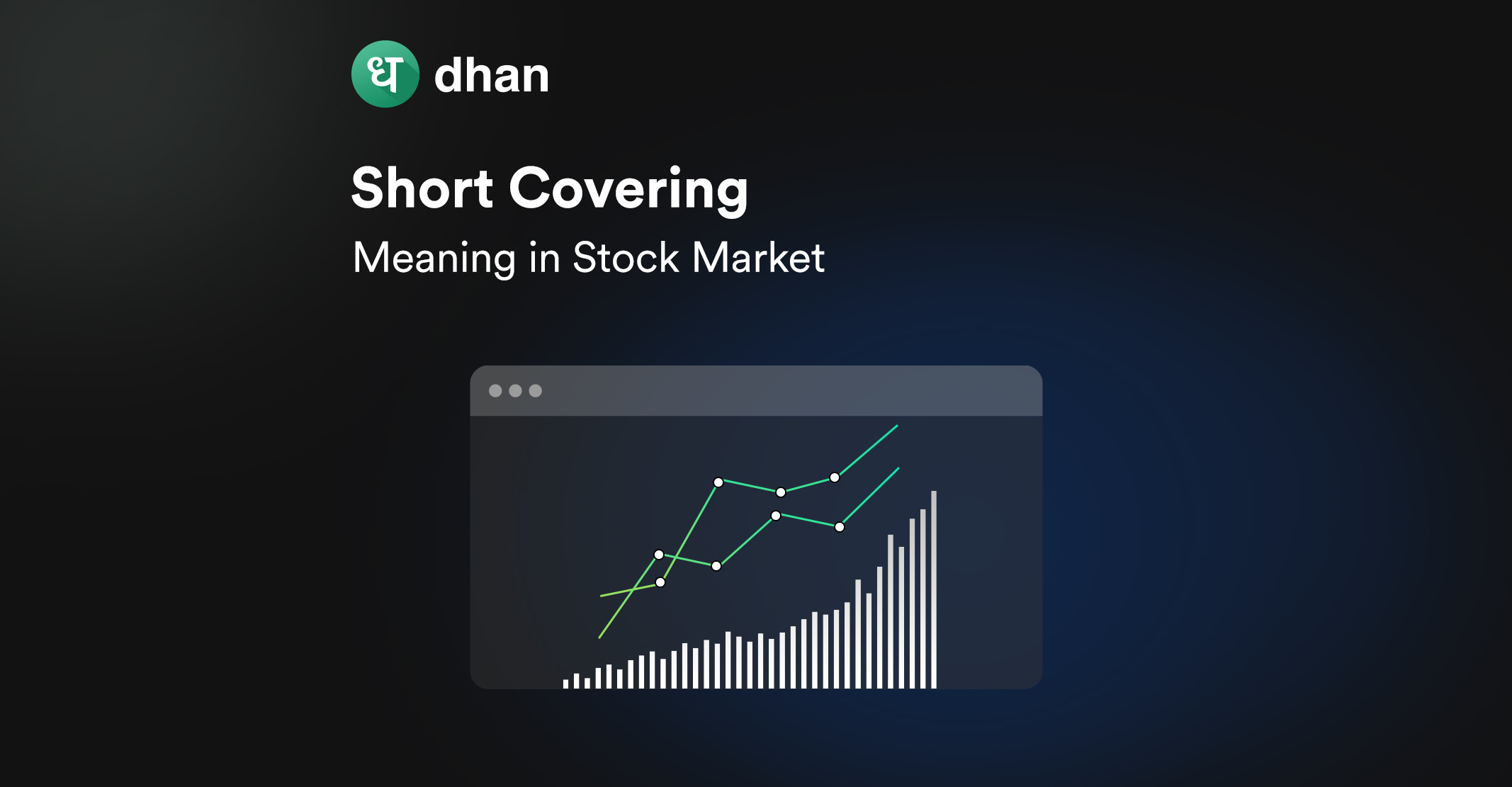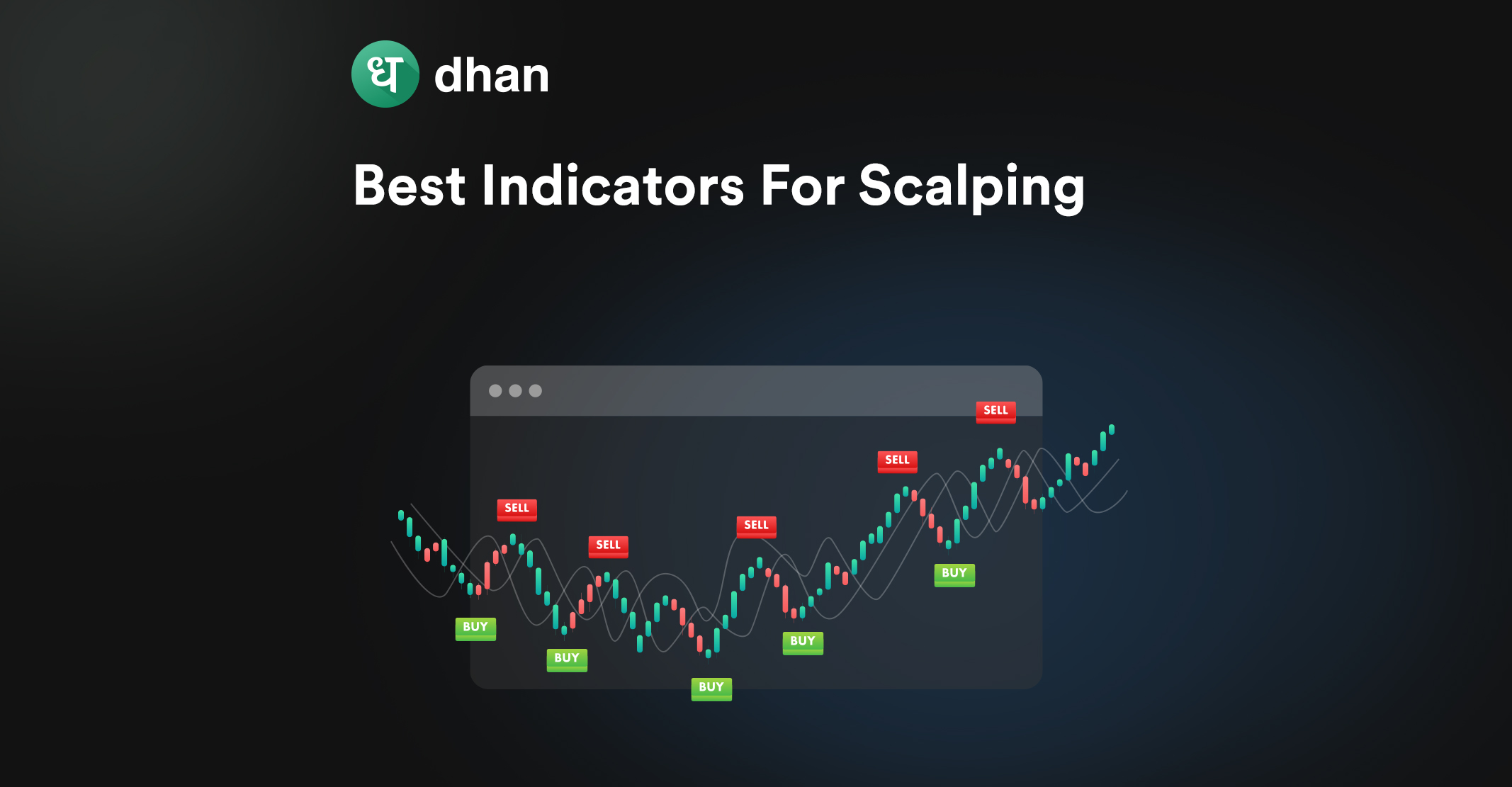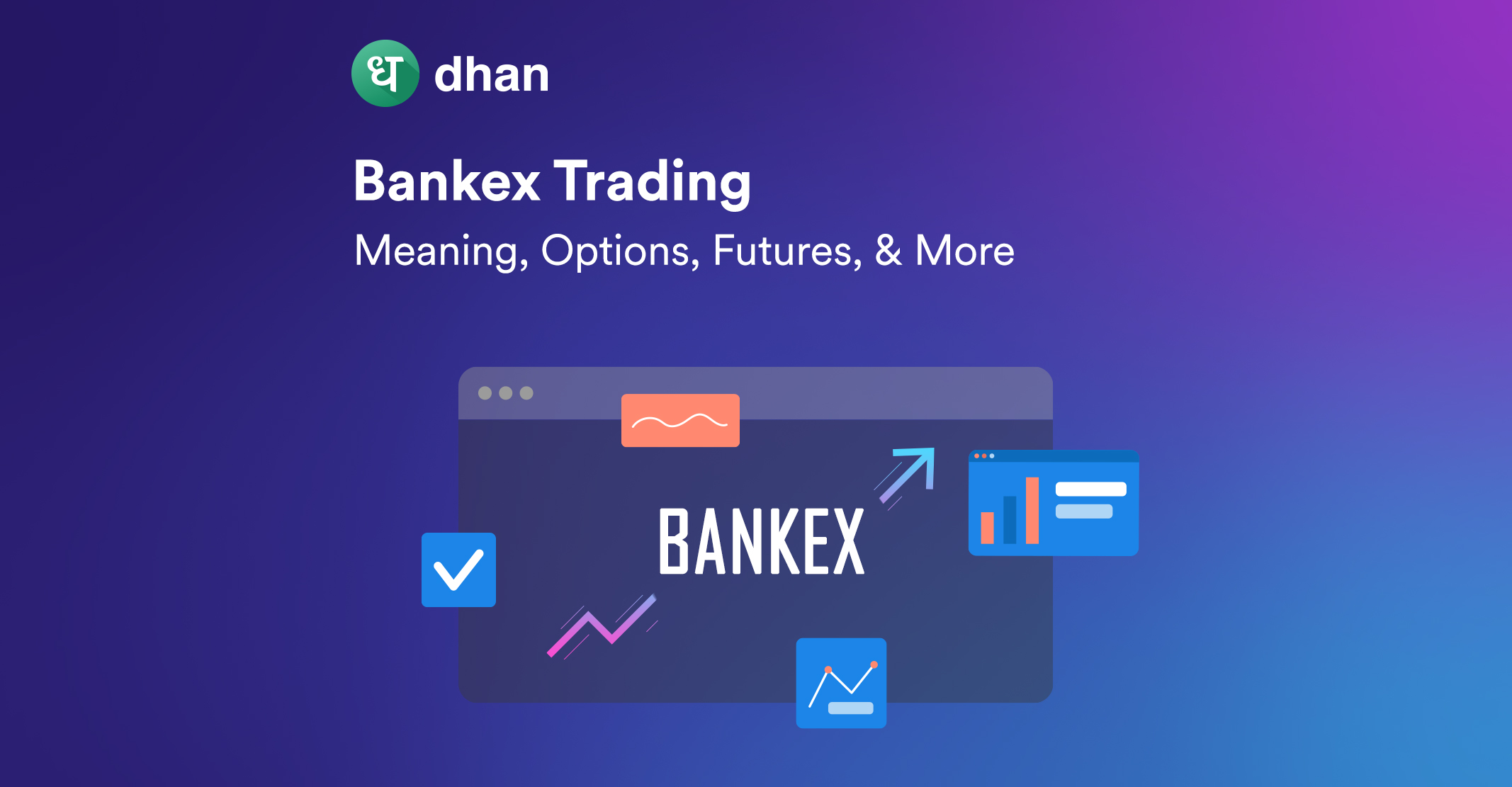You’ve likely encountered the term “short covering.” Short covering is an important concept that impacts stock prices and trading dynamics.
It occurs when short sellers rush to close their positions by buying back shares they short-sold.
This rapid share buyback can lead to a rise in stock prices, causing a short covering. Let’s discuss the meaning of short covering in detail by first talking about short selling.
Understanding Short Selling
Short selling is a trading strategy where a trader sells securities they don’t have anticipating a price decrease.
These securities are borrowed typically from a broker. The trader aims to profit by buying back the security at a lower price to return the borrowed shares.
As you can tell, short selling is considered to be a way of speculating in declining markets.
However, it carries significant risks and potential losses if the asset’s price rises instead. Now let’s understand the meaning of short covering in stock market.
Short Covering Meaning in Stock Market
Short covering in the stock market refers to when you had previously sold a security short, and decide to buy it back to close your position.
This is done to offset potential losses, as short sellers aim to profit from declining prices.
When you cover your short position, you’re essentially buying the shares you had borrowed and sold earlier.
Short covering can result in upward pressure on the stock’s price, as multiple short sellers buying to close their positions can create a “short squeeze” effect.
By the way, you can’t carry short positions in the equity market overnight in India. Know more about this here: https://www.youtube.com/watch?v=jGCVwXmw1hM
Short Covering Example: How It Works
We’ve so far discussed that short covering happens when you buy back the shares or assets you previously borrowed and short-sold.
Now let’s understand this with a simple short covering example.
Say you borrowed and sold shares of a company at Rs. 100 each, anticipating a price drop.
Unluckily, the stock’s price rises to Rs. 120 and you will have to cover your short position by buying the shares back at a higher price.
This means you incur a loss of Rs. 20 per share (Rs. 120 buyback price minus Rs. 100 initial sale price) to limit your potential losses.
Short Covering Vs Long Unwinding
Short covering and long unwinding have some key differences. Here are the key differences between them.
| Aspect | Short Covering | Long Unwinding |
| Definition | Buying back borrowed shares to close a short position. | Selling previously bought shares to close a long position. |
| Position Type | Covering a short position. | Unwinding a long position. |
| Motivation | Limit losses or take profits | Increase gains or cut losses. |
| Direction of Trade | Buying shares. | Selling shares. |
| Market Impact | Creates upward pressure | Creates downward pressure |
| Risk and Reward | Limited gains; unlimited losses. | Limited losses; unlimited gains. |
Impact of Short Covering on Stock Prices
A short covering can have several impacts on stock prices:
- Price Increase: Short covering can lead to increased demand for the stock, driving up its price as short sellers rush to buy shares to cover their positions.
- Short Squeeze: If many short sellers start covering their positions simultaneously, it can trigger a short squeeze. This results in a rapid and sharp price increase, as short sellers scramble to buy shares, further driving up the stock’s value.
- Positive Sentiment: Short covering can signal a positive change in sentiment toward the stock, potentially attracting more buyers and increasing its value.
- Liquidity: Short covering can inject liquidity into the market, as it involves buying shares, which can benefit the stock’s overall trading volume.
Strategies for Executing Short Covering
1. Stop Orders
Set stop orders when short selling to protect your investment.
If the asset’s price starts rising to a level you’re uncomfortable with, the order automatically buys it back, limiting your potential losses.
It’s a crucial tool for managing risk in short positions and provides peace of mind while trading.
2. Profit Targets
In short covering, set a target price where you want to buy back the assets to secure your profits.
Once the asset’s price reaches this level, you should take action to close your short position. This strategy helps you lock in gains and manage risk effectively.
3. Technical Analysis
In technical analysis, you can use charts and indicators to spot potential reversal points in the asset’s price.
Look for patterns or signals that suggest the price might rise, and when you see these signs, consider covering your short position to lock in profits or limit potential losses.
4. Fundamental Analysis
When you’re shorting, keep an eye on news and events that might affect the asset’s price.
If you see fundamental changes in favor of the asset, consider covering your position to limit potential losses, as these shifts can make your original short thesis less valid.
Analyzing Short Covering Data in the Option Chain
When you’re analyzing short covering data in the option chain, pay close attention to the option chain short covering.
This data reveals how traders with short positions in options are buying back those options. It can indicate changing market sentiment and potential price movements.
Look for spikes in volume and open interest, as these may suggest a rush to cover short positions.
Analyzing this data can help you make informed trading decisions and gauge the market’s perception of an underlying asset’s future direction.
Is Short Covering Bullish or Bearish?
Coming across short covering might leave you wondering whether it’s a good thing (bullish) or a bad thing (bearish). Let’s break it down.
Short covering is the result of traders betting that a stock would go down and suddenly deciding to buy it back.
Traders essentially hit rewind on their original analysis, buying up shares at an unfavorable price. Is this a good or bad thing for the market? It depends.
Short covering pushes stock prices up, and who doesn’t like rising stock prices? You could thus say that it is bullish. But… It’s not that straightforward.
The reason behind the short covering matters. It’s a good sign if there’s unexpected positive news associated with it.
It’s a bad sign if short sellers are simply cutting their losses due to overall market or company-level conditions.
Thus, is short covering a good or bad sign? It can be both based on the reason why it’s happening in the first place.
Conclusion
Short covering can be a crucial event in the stock market, one that has the potential to influence prices and indeed your online stock trading strategy.
Thus, you must understand the reason behind short covering and why short sellers are squaring off their positions in droves.
Knowing the “why” will help you with the “how”. Remember to always use a stop loss and effective risk management strategies.



